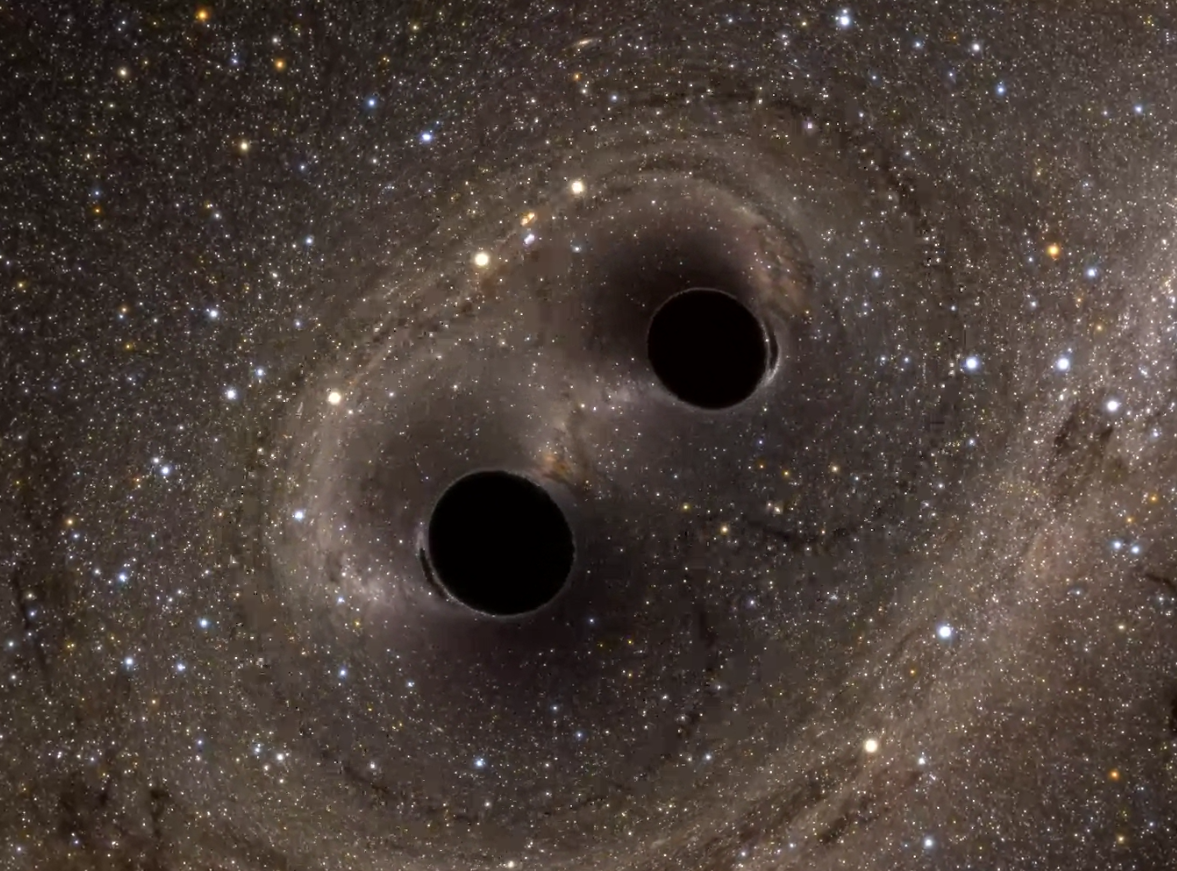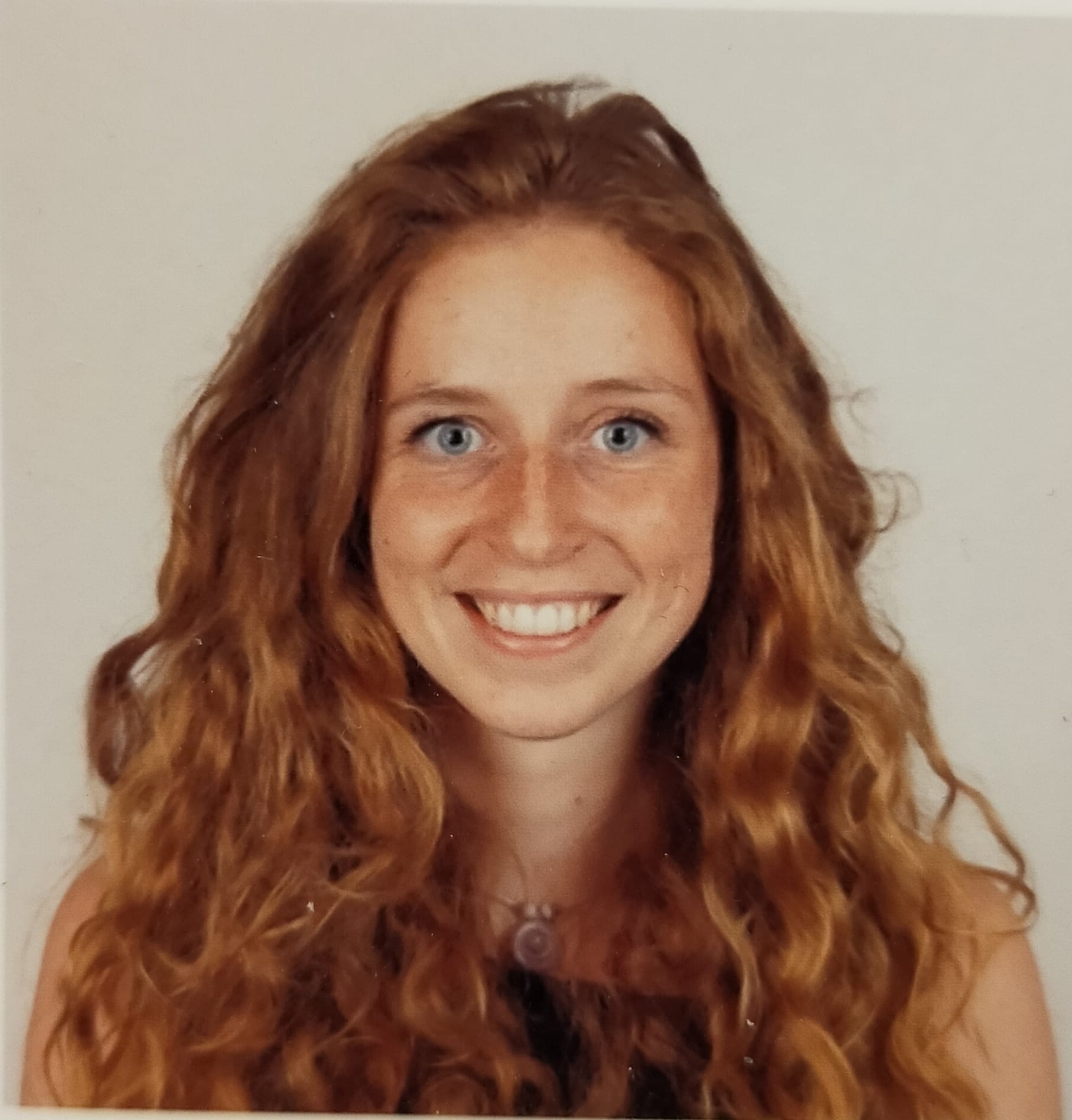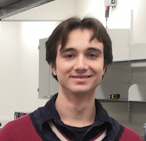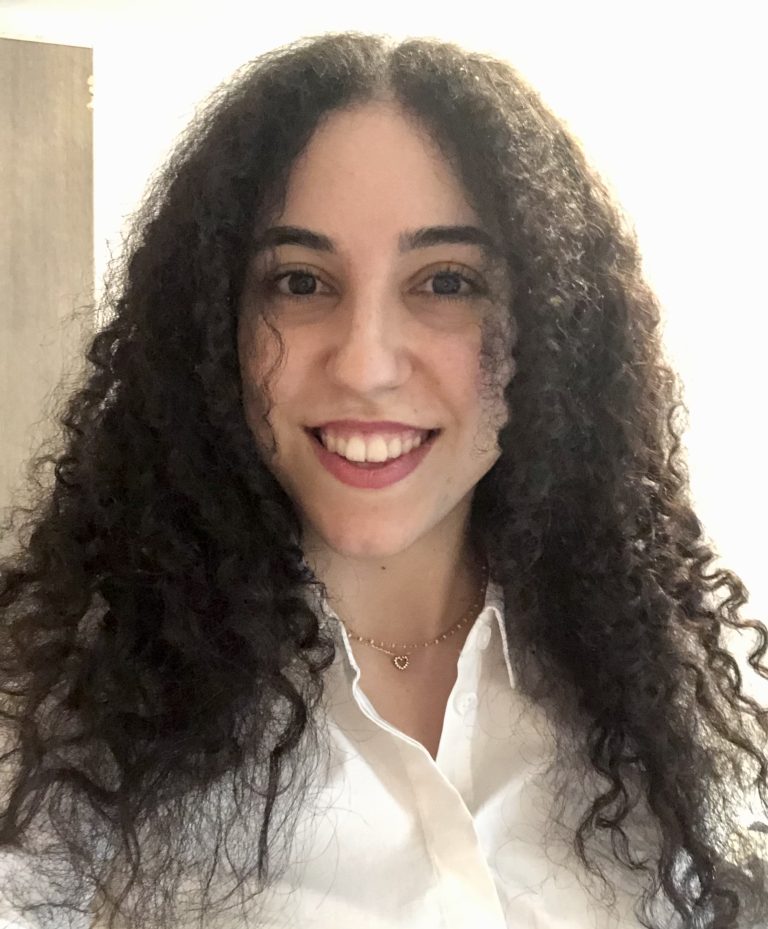
The vision for AION
We outline a staged plan to build a set of atom interferometers with progressive baselines up to a minimum of 10 m, which will pave the way for 100 m and eventually km-scale detectors in the future. The proposed quantum sensors are based on the superposition of atomic states and designs are taking advantage of features used by the world ‘s best atomic clocks in combination with established techniques for building inertial sensors. This programme will make the UK a leader in the exploitation of the enormous physics potential of this frequency band with several options for ground-breaking discoveries. It will also develop the foundation for future science with ultra-sensitive quantum sensors and lay the foundations for a new and potentially highly disruptive class of applications of precision measurement in surveying and prospecting.
The full AION programme consists of 4 stages. The first develops existing technology and the infrastructure for the 100 m detector, and produces detailed plans and assessment of performance before moving to Stage 2. The second stage, which is not part of this funding request, builds, commissions and exploits the 100 m detector and prepares a design study for the km-scale. The final two stages, full-scale terrestrial (kilometre-scale – Stage 3) and satellite-based (thousands of kilometres scale – Stage 4) detectors are the objectives of the continuing programme.
The science case has broad applications to fundamental physics and aligns well with the highest priorities in the UK and international science communities. It has unparalleled sensitivity to the physics of space-time and its distortion between the sensors. The detector is highly sensitive to time-varying signals that could be caused by ultra-light particles. The discovery of such particles and their associated fields would both reveal the nature of the, as yet undiscovered, dark matter and blueprint a novel method to probe the associated theoretical frameworks. There are several such candidate particles including string axions, relaxions and moduli that are able to produce a signal in the frequency range 100 nHz – 10 Hz [2]. In the case of dark-sector physics, like the search for ultra-light dark matter candidates or other hidden dark-sector fields, experiments in this frequency range have the potential to explore a large mass region (10-13 – 10-23 eV) with unprecedented sensitivity. These hidden sector particles could play a crucial role in particle physics beyond the Standard Model, astrophysics, and cosmology.
The detector will also be sensitive to other new fundamental interactions. This sensitivity arises because these interactions, mediated by new light particles, will affect the quantum sensors differently from any backgrounds expected from the Standard Model and gravity. Gravitational waves will induce time-varying signals in the sensors [4] opening a new window on the cosmos that lies between the Advanced LIGO and LISA experiments. It is expected that the gravitational wave spectrum from 0.1 Hz - 10 Hz will be mostly free of continuum foreground noise from astrophysical sources (such as white dwarf confusion noise). AION connects the fundamental research areas of particle physics and gravitational wave physics. It will enable studies of many of the fundamental puzzles of our Universe, like dark matter as well as processes occurring in the early Universe such as potential gravitational wave signals from inflationary fields, as predicted in Higgs cosmology, for example.
The AION science programme is summarized as follows:
- to build the instrument to explore these well-motivated ultra-light dark matter candidates several orders of magnitude beyond current bounds;
- to open the door to a new generation of generic precision searches for new particles and their fields complementing those performed at collider facilities;
- to explore mid-frequency band gravitational waves from astrophysical sources and from the very early Universe.
This third theme offers long-term, high scientific value outputs and is a cross-over between traditional particle physics, astrophysics and the physics of the early Universe and opens a new dimension to multi-messenger observations. In particular, with the eventual construction of the km‑scale atom interferometer detector, new gravitational wave sources will become observable. AION will establish the large-scale interferometric infrastructure and techniques in the UK and provide UKRI with the ability to complement the observational breadth of LISA, Advanced LIGO and the proposed Einstein Telescope, crucially allowing complete coverage of the frequency spectrum. The 100 m baseline atom interferometer would, on its own, be sensitive to high (O(103)) solar mass events. At the 1 km scale, sources such as neutron star binaries or black hole mergers will be observed in the mid-frequency band, and then may be observed later by LIGO after the merger has passed to higher frequencies. Such joint observations will be a powerful new source of information, giving a prediction of the time and location of a merger event in LIGO – potentially months before it occurs. An example of the sensitivities that future atom interferometer detectors could reach, both land- and space-based devices, is shown in Figure 1. It is based on the design study of the MAGIS Collaboration [see below] and shows the complementarity of the different approaches to cover the gravitational wave spectrum from 103 Hz to 10-3 Hz.
From the outset this project will benefit strongly from close collaboration on an international level with the US initiative, MAGIS-100 [6], which pursues a similar goal of an eventual km-scale atom interferometer. MAGIS-100 was initiated in 2017 by physicists from Stanford, UC Berkley, NIU, FNAL, the University of Liverpool and the DoE Office of HEP. We would like to emphasize that collaboration with AION by the MAGIS experiment has already been endorsed by the community at Stanford and Fermilab, presenting the UK with an immediate window of scientific opportunity. In addition to being a vital ingredient of our short and mid-term objectives, the UK-US collaboration will serve as the test bed for full-scale terrestrial (kilometre-scale) and satellite-based (thousands of kilometres scale) detectors and build the framework for global scientific leadership in this area. The AION programme would reach its ultimate sensitivity by operating two detectors simultaneously, one in the UK and one in the US, thereby enabling unique physics opportunities not accessible to either detector alone.
People
Prof. Oliver Buchmueller
Dr. Charles Baynham
Dr. Richard Hobson

Alice Josset
David Evans





